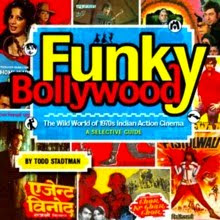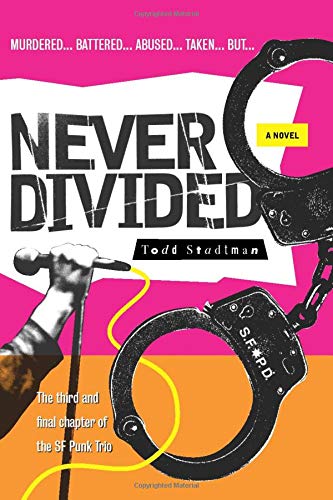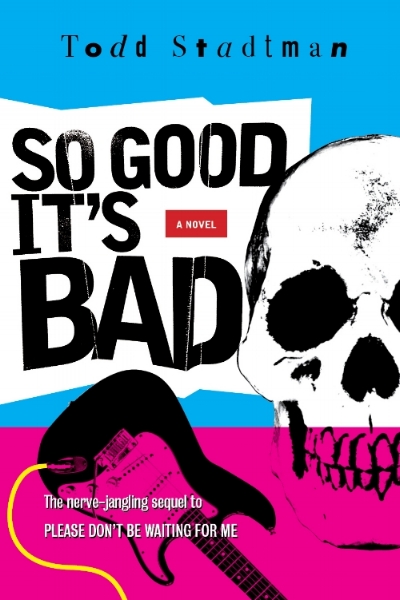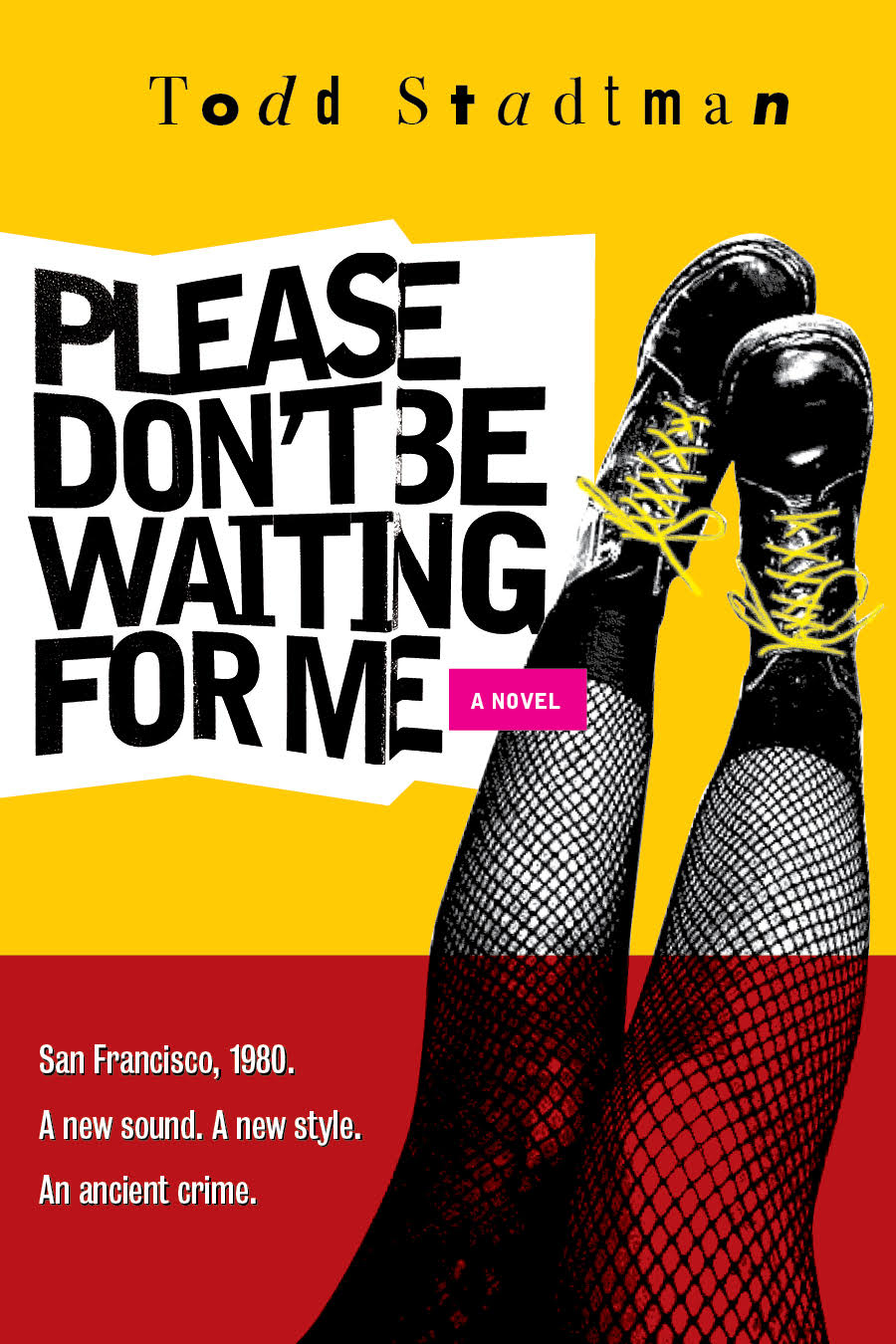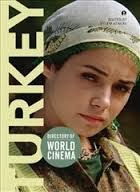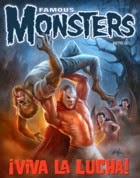I like Eurospy films, and I cannot lie. But I can’t claim to have seen every one of them. There are a lot of them, after all, and they are of wildly varying quality. This makes the genre a bit daunting for newcomers, albeit alluring. And since I have, on occasion, had people ask me for guidance on the topic, I thought I’d lazily tick off several of my favorites among the many I’ve sampled. List article ahoy!
Please note, before continuing, that I am a bit finicky as far as what comprises a proper Eurospy, which is why you won’t find the British Bulldog Drummond entry
Deadlier Than The Male on this list. A lot of people consider that to be one of the best of the genre, and, indeed, it’s a really fun and entertaining movie (with an awesome theme song by the Walker Brothers, to boot). But for my rigidly pedantic brain to consider a movie a “true” Eurospy film, it has to have been made on the continent and dubbed into English from the original Spanish, Italian, French and/or German. After all, it is only such distinctions that stand between a sensible discussion of a debased and overwhelmingly ignored cult genre and unbridled anarchy.
Moving forward….
Special Mission Lady Chaplin (1966). Dir. by Alberto De Martino and Sergio Greico. With its relatively high production values, colorful set pieces, and nifty gadgets,
Special Mission Lady Chaplin -- one of a series of films featuring CIA operative Dick Malloy, aka “Agent 077” -- is one of the most truly Bondian of all the Bond knockoffs. Granted, hulking American star Ken Clark is a bit too galumphy for my tastes to be credible as a suave superspy, but that shouldn’t pose too much of a problem when there are so many other things to look at. Chief among those is
From Russia With Love’s Daniela Bianchi as the titular femme fatale, who in one memorable scene sports a parachute dress that really lives up to its name. Definitely a fashion “do” for any girl for whom being thrown out of an airborne plane is a real possibility.
Kiss Kiss, Kill Kill (1966). Dir. by Gianfranco Parolini. Fast, fun and willfully ridiculous, the Kommissar X films -- based upon a popular and voluminous series of German pulp novels -- are for me the be all and end all of the Eurospy genre. This inaugural entry comes out of the gate with guns blazing, giving us everything we could want from a cheap but spirited 1960s spy film: fembots, costumed supervillains, cavernous underground lairs, poorly grounded control panels covered with blinking lights, and, naturally, plenty of radiation-suit-wearing minions to be indiscriminately picked off by our heroes. On top of that, we have the amusing interplay between those heroes, Brad Harris’s stiff necked Captain Tom Rowland and Tony Kendall’s mind bogglingly smarmy P.I. Joe Walker. And in case you miss the subtle point being driven home about Walker’s sexual irresistibility, there’s a lusty theme song to help you out: “I love you, Joe Walker! Just like every woman loves yoooou…”
Agent 3S3: Passport to Hell (1965). Dir. by Sergio Sollima. Sollima’s take on the spy genre is predictably hardboiled, and star George Ardisson, one of the most credibly two fisted of all the off-brand Bonds, proves himself well suited to the task. On top of being a bit more gritty than the era’s typical spy spoofs,
Passport also boasts a somewhat more complex plot, with the internecine battles within an international criminal organization throwing an unexpected monkey wrench into our hero’s efforts to topple them. This, of course, does not mean that there’s no room within
Passport for colorful flourishes and fun gizmos, as with Seyna Seyn’s poison needle firing compact (which was subsequently lifted by Shaw Brothers as Lily Ho’s weapon of choice in
The Lady Professional). Another highlight is a bar fight that plays out as a Kinks song plays on the jukebox, happily orienting us within the movie’s Swinging Sixties milieu.
Death Trip (1967). Dir. by Rudolf Zehetgruber. This fourth entry in the Kommissar X series, my personal favorite, shows the clear benefits of people settling comfortably into their roles. This is especially true of stars Brad Harris and Tony Kendall, who here enjoy a more relaxed and less antagonistic rapport, while still maintaining the comedic spark seen in the earlier films. In addition to making nice use of its Turkish locales and featuring a scene in which Joe Walker accidentally takes LSD and turns into a normal person, this one also stands out for featuring some of Harris’s best stunt work. This includes a set-demolishing throw-down with strongman Samson Burke, as well as a wild climactic chase that sees Harris careening down a series of steep sand dunes with nothing but the seat of his pants to protect him. All the while, the burly stuntman-turned-actor looks like he’s having the absolute time of his life. [Read my review at
Teleport City.]
Operation White Shark (1966). Dir. by Filippo Walter Ratti. Now, please note that I above described this as a list of
favorite Eurospy films, and, by implication, not necessarily the best ones. After all, these films were never intended as works of art, but were instead, above all else, low budget cash-ins on the James Bond franchise. Some were more lavish than others, of course, but on occasion a film like
Operation White Shark would come along to demonstrate just how far they could go in the other direction.
OWS, however, also serves to demonstrate the solidity of the genre’s tropes, all of which it merely feints toward while nonetheless managing to be an entertaining entry in its own right. Many of the film’s charms are admittedly lame duck ones, but they are charms notwithstanding. I mean, who can resist one of the most bizarrely staged, non-Jess Franco directed nightclub numbers in cinema history, or a thrilling action set piece that exists only as a verbal description after the fact, or sets that could conceivably have been built in a corner of the producer’s wine cellar? Who knows, maybe even Rods Dana’s prickish take on super agent Marc Andrews will grow on you with exposure. In any case, I’d recommend giving it a shot. [Read my review at
Teleport City.]
NOTE: if you’d like to delve further into the Eurospy genre, I suggest you avail yourself of my erudite fellow
MOSS agent David’s spytastic blog
Permission to Kill.





















